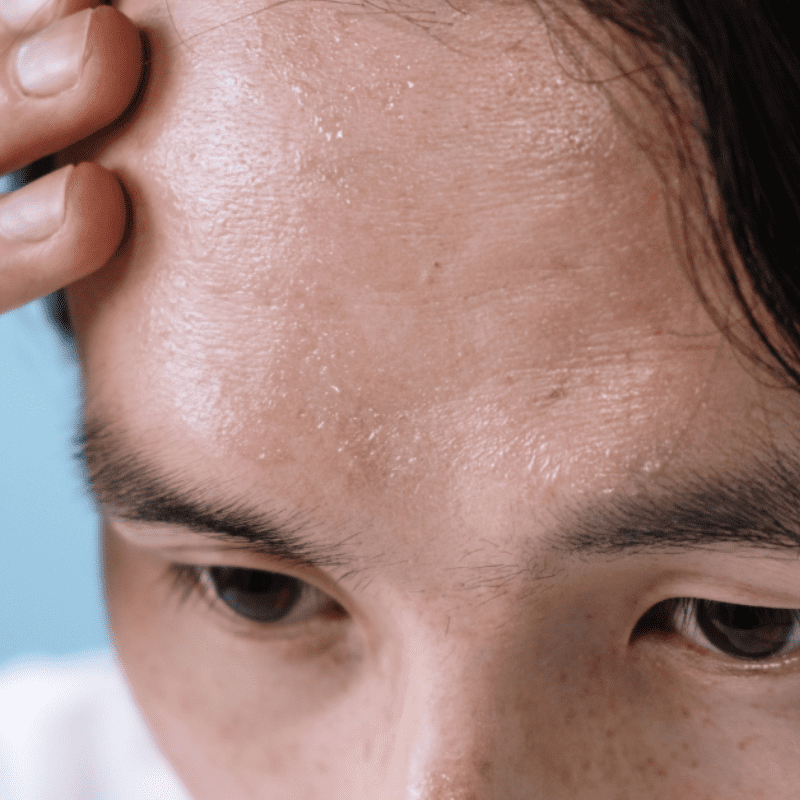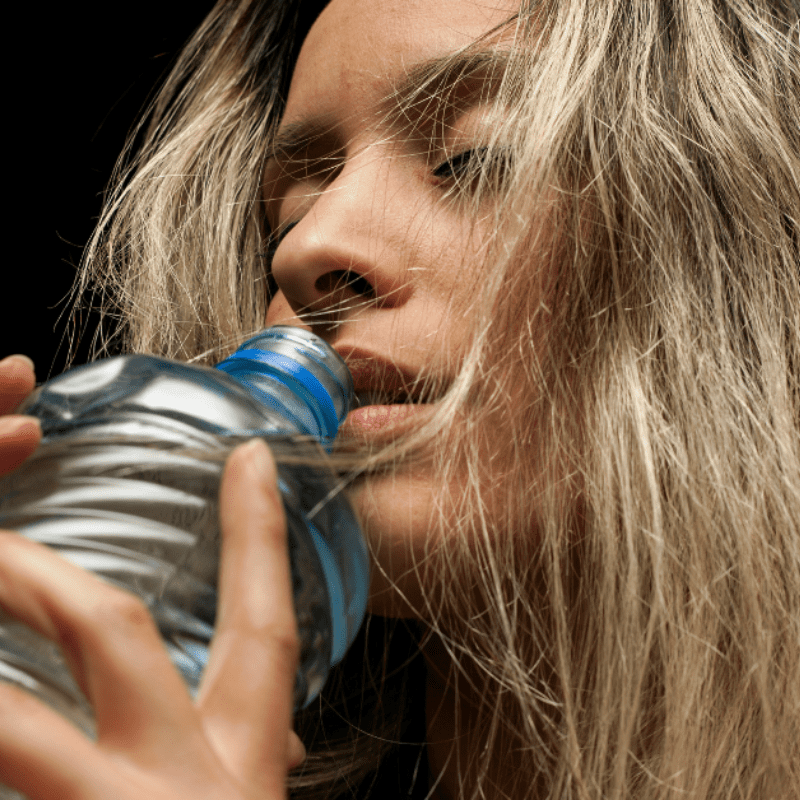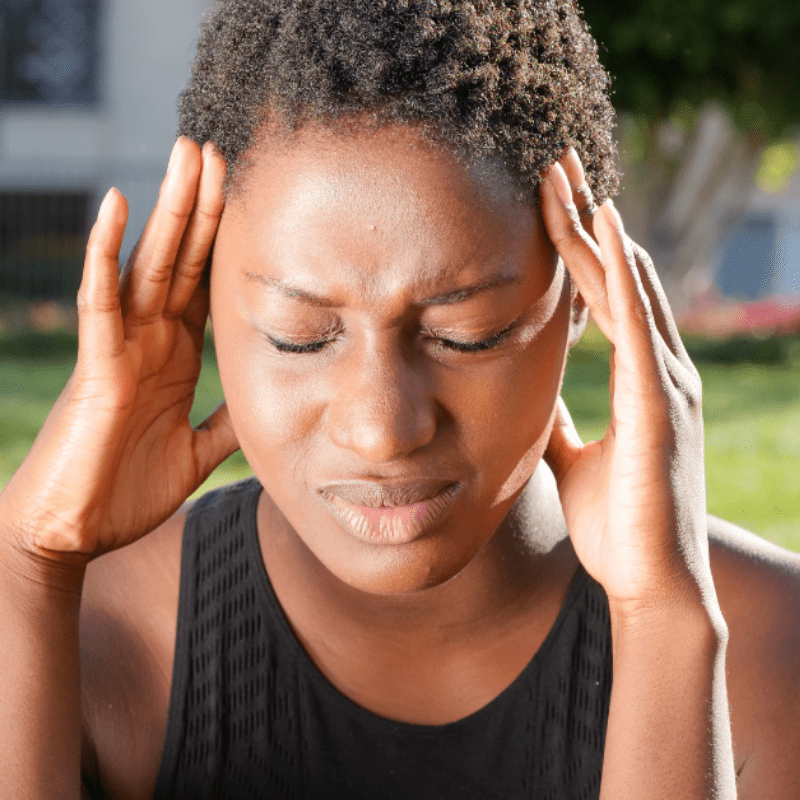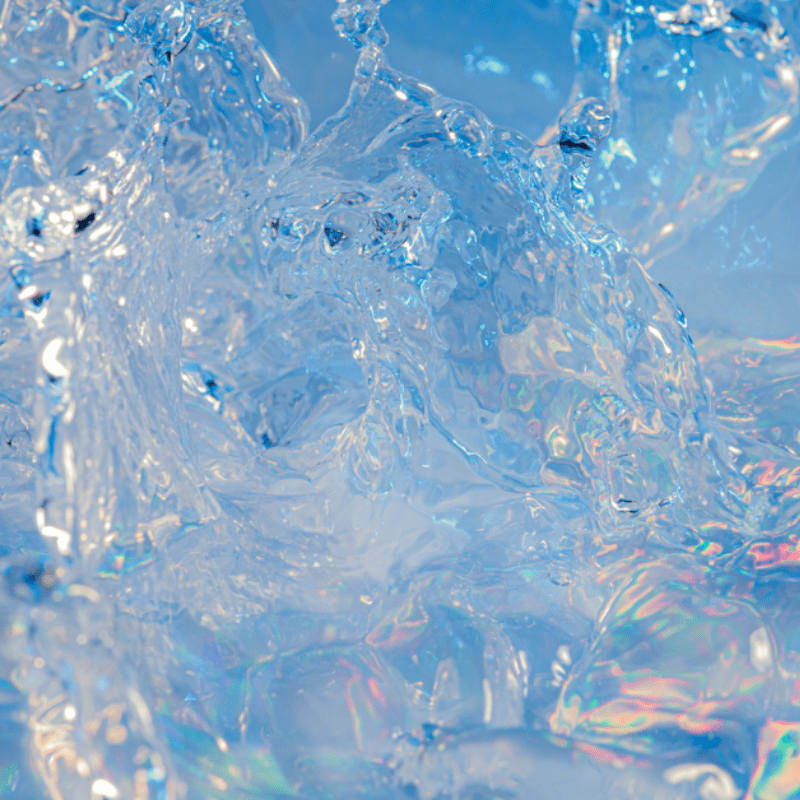Know the Signs of Heat Stroke & How to Prevent It

As a business owner, employee safety should be your number one priority. Unfortunately, heat strokes are often taken lightly in the workplace and can be an unexpected risk for employees who work long hours during hot days.
While your Office H2O bottleless water coolers makes it easy to get clean, healthy drinking water, we still feel it necessary to go over the signs of heat stroke and how you can prevent it in the workplace. With this knowledge, you can handle any heat-related illnesses or stop them from happening in the first place.
What Is Heatstroke?
Heatstroke is a medical emergency that happens when the body’s temperature reaches 106°F (41° C) or higher. It can cause organ and brain damage and, in some cases, even death. Heat stroke occurs most often during summer days when temperatures are high for an extended period of time, such as during work days.


What Are the Types of Heatstroke?
There are two types of heatstroke: classic and exertional. Classic heatstroke occurs when a person is exposed to extremely hot temperatures over a long period of time, such as during outdoor work or in poorly ventilated spaces. Exertional heatstroke happens when a person is participating in physical activity while exposed to high temperatures.
Dehydration And Heatstroke
Dehydration is one of the primary causes of heat stroke. The body needs to be properly hydrated in order to regulate its temperature and prevent overheating. When the body doesn’t get enough water, it begins to overheat due to a lack of cooling down from sweat. It is important to make sure that employees are drinking plenty of fluids throughout their shifts to stay hydrated and cool.

Signs of Heat Stroke
If someone shows signs of heat stroke, it is important to take action immediately. The following are the common signs that could indicate a person has a heat stroke:
Slurred speech and confusion
When the body is exposed to extreme heat, it can shut down certain functions, such as speech. A person experiencing heat stroke may become confused or have difficulty speaking or understanding.
Unexplained fatigue
Fatigue can be an indication of heat stroke, as the body is overworking itself while trying to regulate its temperature.
Lightheadedness
Lightheadedness or dizziness can occur when a person is lacking fluids. It can also be the body’s way of telling you that it is overheating.
Fast breathing and rapid heartbeat
A person may have rapid breathing, and their heart rate can increase as the body tries to cool itself down. For someone with an existing heart condition, this can be dangerous.
Cold, pale, clammy skin
The skin can become cold, pale, and clammy when heatstroke has set in. This is due to a decrease in blood circulation as the body is trying to cool itself down.

Nausea or vomiting
Nausea and vomiting can occur as a result of extreme heat. This is the body’s way of trying to cool itself down by releasing excess fluid.
Muscle cramps
Extreme heat and dehydration can cause a person to experience painful muscle cramps due to the lack of electrolytes in their system.
Heatstroke Treatment
If a person is showing signs of heat stroke, it is important to take action immediately. Here are the steps you can take to treat heatstroke:

Do not panic.
When you panic, it can cause the person’s body temperature to increase further. Make sure to stay calm and take the necessary steps to help the person.
Call 911 immediately.
Heatstroke is a medical emergency and requires immediate emergency medical attention. Call 911 for help and medical treatment right away.
Keep the person as cool as possible.
While waiting for 911, move them to a cool, shaded area, fan them with air, and wet their skin with cool water or spray.
Remove clothing.
Encourage the person to remove any extra outer layers of clothing to allow their body to cool down.
Monitor vital signs.
Watch for any changes in the person’s breathing, heart rate, and elevated body temperature.
If the victim is conscious, let them drink small amounts of cold water
Do not let them drink large amounts of water intake, which may cause nausea and vomiting or even water toxicity.
Preventing Heatstroke In The Workplace
The following are some of the steps and extra precautions you can take to help prevent heat stroke in your workplace:

Monitor the temperature of the building or outdoor area often
By monitoring the temperature, you can know when it’s too hot and when to take steps to cool down the area.
Provide access to proper hydration
Make sure employees have easy access to water at all times. Provide extra water breaks and encourage them to drink regularly throughout their shifts. Perhaps a bottleless water cooler is a great solution for your office!
Avoid drinks with caffeine or alcohol
It might be tempting to reach for a can of soda or beer during hot weather, but these drinks can actually worsen dehydration. Encourage employees to drink more water instead.
Encourage regular breaks and shade
It is important to allow employees regular breaks, as well as access to shady areas throughout the day. This will give them time to cool down and rest.
Provide proper attire
Make sure that employees have access to appropriate clothing, such as lightweight long sleeves, hats, and sunglasses. Encourage employees who work in hot environments to wear lightweight, light-colored, loose-fitting clothing and a hat to help keep them cool for outdoor activities.

Wear sunscreen that’s SPF 30 or higher
Encourage employees to wear broad-spectrum sunscreen to protect them from sunburn and dehydration. It goes without saying that sunburn is not only extremely painful but can cause significant health risks.
Schedule outdoor work during cooler times of the day
Try to schedule any outdoor work during cooler times of the day, such as in the early morning or late evening. When scheduling shifts, make sure to provide enough time for employees to take breaks and cool down.
Educate employees on the signs of heat stroke
Help protect your employees by educating them on heat-related illness symptoms and warning signs. Make sure they pay attention to heat advisories and know how to respond if someone is experiencing a heat-related illness.
Avoid The Signs Of Heatstroke By Staying Hydrated With Office H20
At Office H2O, we offer a range of bottleless water coolers that give your employees access to fresh, filtered drinking water to help keep them hydrated during the hot summer days. Our water coolers have advanced features to ensure your employees get clean, safe drinking water.
With our water and ice coolers, you no longer have to worry about the hassle of refilling and disposing of bottles or empty ice trays. Our systems are also energy efficient, so you can rest assured that they won’t strain your office’s electricity bills.
For more information or to start a free 7-day trial, contact us today! We are here to help you keep your employees safe and healthy during the summer months.
